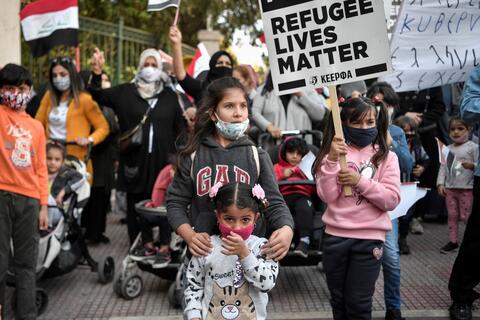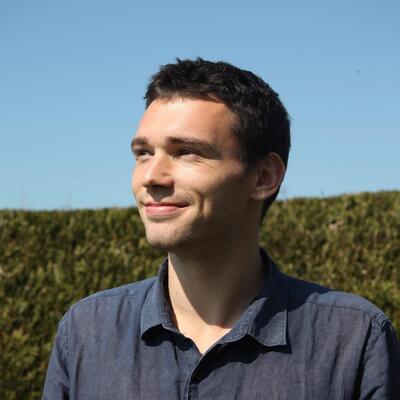This week, Syrian opposition groups met in Doha. During the talks, one negotiator told a U.S. media outlet that “Syria is no longer Syria; for the international community this means dealing with Russia and dealing with Iran.”
In War-Torn: The Unmaking of Syria, 2011-2021, Leïla Vignal starts from the position that the Syria which existed before the revolution is no longer here. The ongoing destruction of the country has caused near total collapse of civil society, standards of living, and basic services.
This winter, thousands suffered as tents unequipped for harsh winters left people in northwest Syria suffering in freezing conditions. And despite Syria falling from most headlines, violence continues throughout the country as the regime, together with their Russian and Iranian allies, as well as a host of other forces, continue to fight.
Vignal’s aim is to show that Assad’s survival was ensured at the cost of the country. In Vignal’s own words, the book attempts to illuminate “how a multifaceted economy of destruction has ensured the survival of the regime at the cost of the obliteration of the country, the state, and the population.”
By weaving together secondary sources, interrogating visual materials, and collecting eyewitness testimony, the book provides an informed and scholarly analysis, in clear prose, of the destruction of a country through ten years of war.
Vignal, who is Professor of Geography at the École normale supérieure, is interested in the spaces of the revolution. Demonstrations were organized locally once the uprising began in 2011, something Vignal argues illustrates the “importance of place in processes of collective engagement.”
When unrest began to move through the country, local organizations organized resistance. Once areas started to come under the control of opposition forces, local councils, which numbered approximately 800 in 2015, began to appear. Initially, the protestors ignored sectarian pitfalls. The aim of the movement at large was to bring an end to Assad’s rule, despite how geographically dispersed the local protests might be.
It was an “effect of the regime’s oppressive strategy, which aimed to fragment the space of the uprisings” and, despite protests across Syria, they remained relatively local. The regime, therefore, had to target multiple movements on a national scale if it wanted to retain power.
But Assad’s military and security forces were ill-equipped to suppress hundreds of individual uprisings, so the regime turned to air strikes, barrel bombs, artillery fire, and Scud missiles. These strikes and the ensuing military campaigns, in partnership with Russia and Iranian-backed forces from 2015, led to the destruction of the country.
Vignal is especially compelling when analyzing the violence conducted against urban areas. A previous act of urban state violence, the 1982 bombing of Hama, looms as a spectre haunting the social imaginary of Syria. The memory of the killing of 10,000-30,000 people lived on, despite the regime’s attempts to suppress its violent history:
“The bloody episode remained muffled in the silence imposed by the regime, by fear and deep trauma. Nevertheless, accounts of the events did circulate in whispers and in texts such as Manhal al-Sarraj’s novel Kama yanbaghi li-Mahr…” Vignal quotes the political scholar Salwa Ismail: “during the uprising [that began in 2011], there was a strong feeling that Hama had been nationalized. Homs became Hama, as did Daara. Hama became the prototype event.”
Vignal goes on to detail the displacements that resulted from Assad’s violence, something precipitated by the indiscriminate bombing of civilian populations in urban areas. Sieges forced millions more to leave their homes. In Darayya, for example, the siege lasted for 1,350 days and caused the population to drop from 150,000 in 2011 to 8,000 in 2016.
Those who remain inside Syria now face a dire economic situation. “The Syrian economy,” Vignal says, “is devastated on all scales of geography by the obliteration of the lived environment… the destruction of many capital and economic chains… and the loss of workers and consumers.” As I write, the U.N. estimates that 12.4 million people are food insecure in the country. The pandemic has further obliterated an already beleaguered economy.
Vignal’s book is an important contribution to English language scholarship on the Syrian conflict. By focusing on the people who lived the war and the spaces they created, inhabited, and fled, it provides further explanation of the destruction the Assad regime enacted on tens of millions of Syrians.












